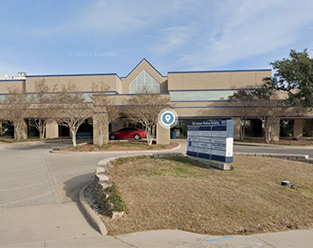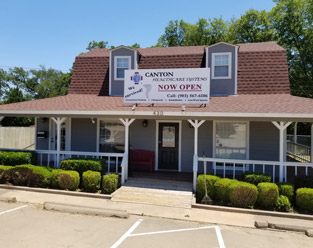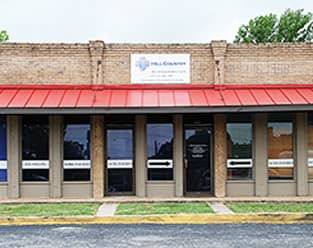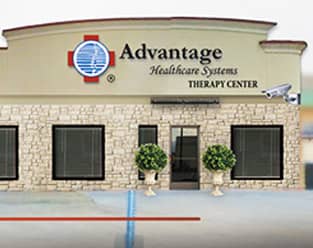 Auto accidents are a leading cause of musculoskeletal injuries, particularly whiplash and spinal pain. Even a low-speed collision can generate enough force to cause trauma to the neck, back, shoulders, and surrounding tissues.
Auto accidents are a leading cause of musculoskeletal injuries, particularly whiplash and spinal pain. Even a low-speed collision can generate enough force to cause trauma to the neck, back, shoulders, and surrounding tissues.
At Advantage Healthcare Systems, we specialize in diagnosing and treating accident-related injuries through a multidisciplinary approach that focuses on long-term recovery and the reestablishment of optimal functionality.
Understanding Whiplash: What Happens During an Accident?
Whiplash is a neck injury resulting from the sudden jerking of the head backward and forward due to a forceful impact. Whiplash occurs when that abrupt movement strains or damages neck muscles, ligaments, and tendons, causing pain and stiffness. Whiplash symptoms may not appear right after the accident; sometimes, symptoms may not show up for hours or even days.
Common Symptoms of Whiplash:
- Neck pain and stiffness
- Headaches
- Limited range of motion
- Shoulder, upper back, or arm pain
- Dizziness or blurred vision
- Fatigue or difficulty concentrating
How Auto Accidents Impact the Spine
The spine is highly vulnerable during a crash involving sudden impact. Depending on the severity and direction of the collision, multiple areas of the spine can be affected, especially the cervical (neck) and lumbar (lower back) regions.
Types of Spine Injuries From Auto Accidents
- Herniated or Bulging Discs: The force of a crash can cause tears in spinal discs or push them out of place, causing nerve compression and pain.
- Fractures: Vertebral fractures can occur in collisions or rollovers.
- Sprains and Strains: Ligaments and muscles around the spine can stretch or tear.
- Facet Joint Injuries: Small joints in the spine can become misaligned or inflamed, leading to chronic pain.
When To Seek Medical Attention
You should seek medical attention right away if you experience:
- Headaches, neck pain, or back pain that doesn’t go away
- Numbness in the legs, arms, or shoulders
- Dizziness, vertigo, or loss of balance
- Excessive fatigue
- Stiffness or difficulty moving your neck or back
- Radiating pain into the limbs
Diagnosing Whiplash and Spinal Injuries
Getting an accurate diagnosis is the foundation of effective treatment for any auto accident injury. Whiplash and spinal trauma can affect bones, discs, nerves, and soft tissues, so a thorough evaluation is critical.
Healthcare providers begin with a physical examination to assess your pain levels, motor function, and neurological capacity.
Based on symptoms, advanced diagnostic tools may be used, such as:
- X-rays
- MRI (Magnetic Resonance Imaging)
- CT scans
Common Treatment Approaches
- Physical Therapy: Improves flexibility, strength, and posture while reducing pain
- Chiropractic Care: Realigns the spine and relieves pressure on nerves
- Pain Management: Includes medication, injections, or alternative therapies like TENS
- Occupational Therapy: Helps patients regain functional movement for daily activities
- Behavioral Health Support: Addresses anxiety or PTSD that often follows a traumatic accident
Preventing Long-Term Complications
Following a consistent treatment plan is a critical step toward a full recovery. Untreated whiplash or spinal injuries can lead to:
- Chronic pain in the neck or back
- Migraine or tension headaches
- Reduced range of motion
- Nerve damage
- Postural imbalances
Read Also: Concussions and Car Accidents
Contact Advantage Healthcare Systems Today
Whiplash and spine injuries from auto accidents may seem mild at first but can evolve into chronic pain or long-term dysfunction without timely care.
At Advantage Healthcare Systems, we offer personalized, multidisciplinary care to support your comprehensive recovery.
Contact us at 877-487-8289 or online to schedule your consultation today.





